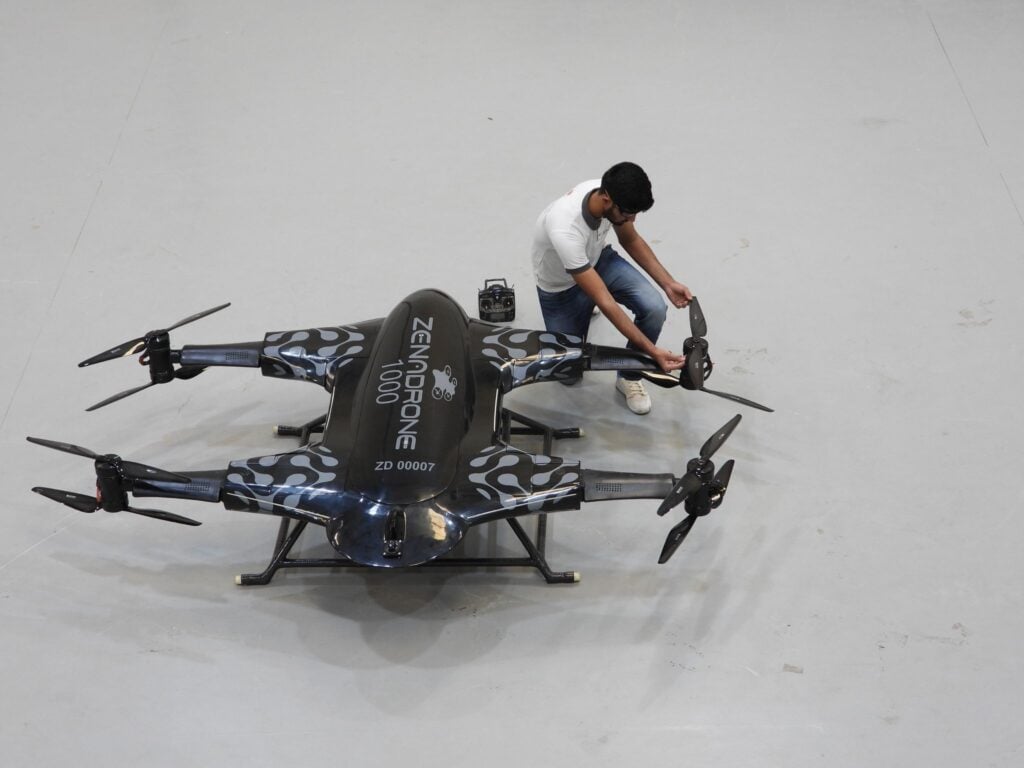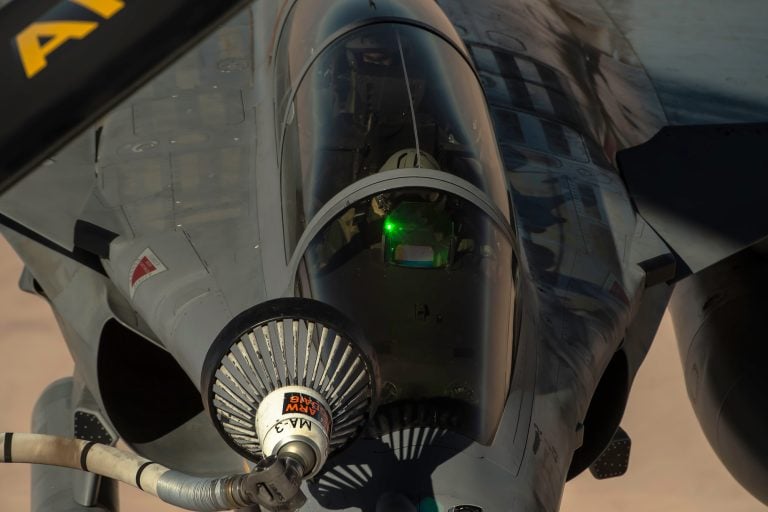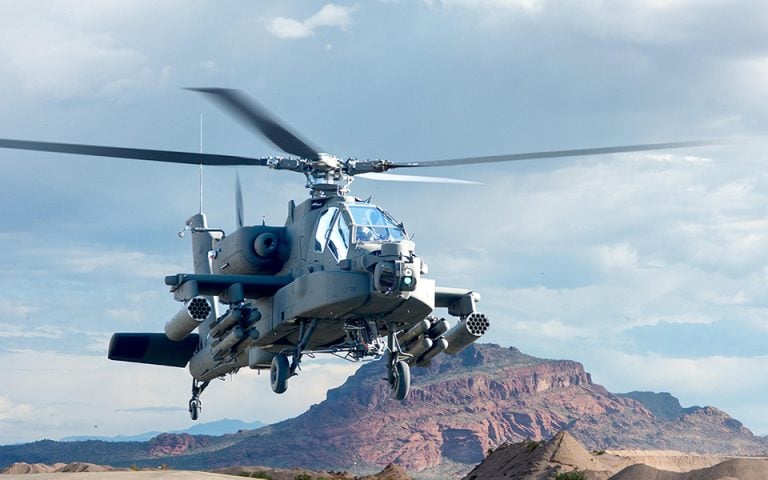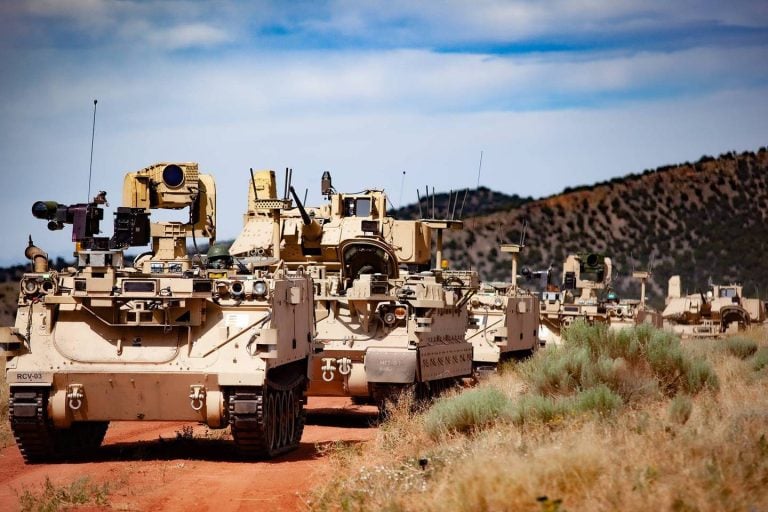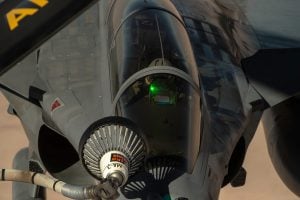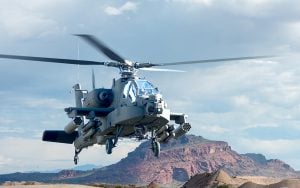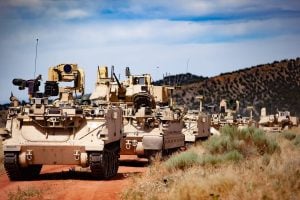Vancouver-based ZenaTech Inc. is poised to file a patent for its innovative counter-unmanned aircraft system (c-UAS) technology in a strategic move that aligns with the U.S. government’s evolving drone policy. This initiative follows the June 2025 White House Executive Order titled “Restoring American Airspace Sovereignty,” which emphasizes the importance of enhanced control over U.S. airspace. The directive aims to safeguard public safety, critical infrastructure, and military operations from threats posed by unmanned aerial systems (UAS).
The introduction of this cutting-edge c-UAS technology will be integrated into ZenaTech’s existing unmanned aerial vehicle, the ZenaDrone 1000, thereby bolstering its autonomous functions. This enhancement is in response to the growing demand for advanced UAS technologies, which have increasingly become focal points for security and surveillance.
In conjunction with the patent filing, ZenaTech and its subsidiary ZenaDrone plan to expand their workforce to facilitate rapid research, testing, and deployment of this new technology. The upgraded ZenaDrone 1000 is anticipated to feature enhanced real-time threat detection and neutralization capabilities, positioning it as a critical asset for military applications, homeland security measures, and the protection of vital infrastructure.
Dr. Shaun Passley, CEO of ZenaTech, underscored the urgency of this development, stating, “We developed our Counter-UAS system with future threats in mind, and the Executive Order has made it clear that the time to act is now.” He further elaborated that the integration of this technology into the ZenaDrone 1000 places the company in a strong position to address pressing security needs by offering a sophisticated, autonomous aerial defense platform that is both reliable and mission-ready.
The ZenaDrone 1000 itself is a robust octocopter, measuring 12×7 feet (3.6×2.1 meters) and powered by a high-efficiency brushless electric motor. This design enables swift flight operations and stable hovering capabilities. Equipped with advanced technology such as a high-definition camera, LiDAR sensor, solar energy converter, dual-band layered satellite communications, and an emergency landing system, the drone supports efficient operations in various environments. Its fast-charging feature and impressive payload capacity of 88 pounds (40 kilograms) make it suitable for heavy-lift missions, enhancing its versatility in both civilian and defense applications.
With these advancements, ZenaTech is set to carve out a significant niche in the rapidly evolving drone technology market, meeting both current and future security challenges head-on.
